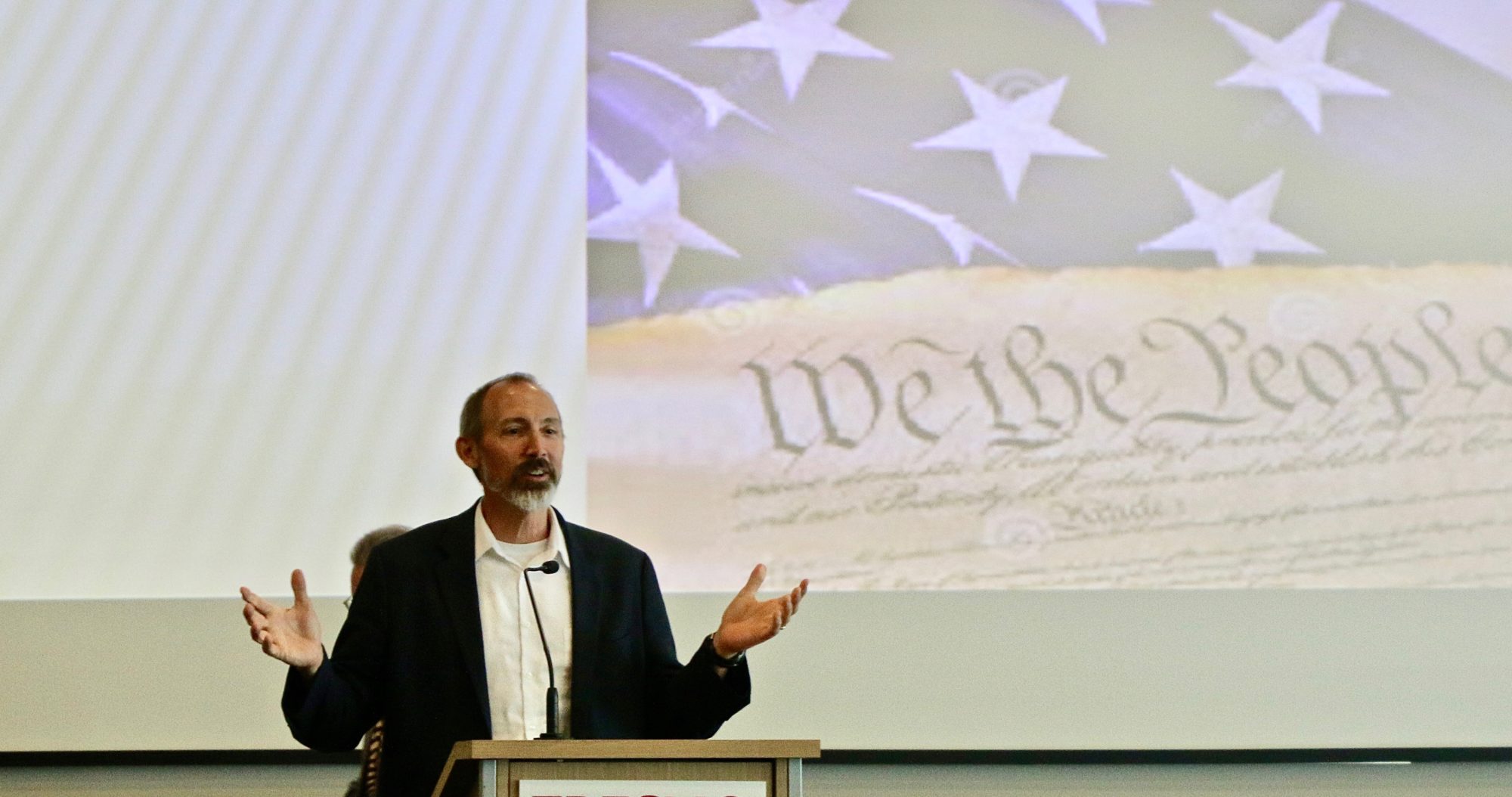We need faith, but we still want answers
Andrew Fiala
Originally published Fresno Bee 2012-04-07
Editor’s note: Andrew Fiala is contributing his column from Israel, where he is on sabbatical.
Is it possible to prove that religious belief is true? One approach would be to look for archaeological evidence. When ancient scrolls were found near the Dead Sea — the Dead Sea Scrolls — this discovery provided evidence of the antiquity of the Bible. But Christians and Jews still disagree about the meaning of these texts. Evidence still needs to be interpreted.
And archaeological evidence can be faked. Consider, for example, the findings of Ron Wyatt, who claimed that he had found the Ark of the Covenant buried in a cave in Jerusalem, directly beneath the spot where Jesus was crucified. Wyatt claimed to have found blood that had dripped from the cross. When he tested the blood, he found that it had only 24 chromosomes (23 plus a mysterious Y-chromosome), proof that it came from a man born of a virgin.
I learned about Wyatt when we visited a place called the Garden Tomb, which was where Wyatt claimed to have found his evidence. In the 19th century, this spot was suggested as a possible place for the crucifixion. Other Christians think it happened across town on the Mount of Olives. But most Christians believe that the Easter story unfolded at another place, at the site of the Church of the Holy Sepulcher.
The Church of the Holy Sepulcher is an uncanny place, full of candles and incense and filtered light. The church holds shrines and altars commemorating the location of both the crucifixion and the resurrection. This ancient building conceals strange nooks and crannies. At one point, I took a candle and crawled into dark and dusty tomb in a hidden corner of the church. Later I entered the holy tomb itself and touched the stone of the resurrection. It was cold and dark and slightly spooky.
The Garden Tomb is not nearly so mysterious. It sits in the open air, near a rock that looks like a skull. This fits the Biblical story that Jesus was crucified at Golgotha — the place of the skull. The empty tomb here is much bigger and airier than the tomb in the Holy Sepulcher. There is a groove cut into the ground in front of the tomb, through which a rock could have been rolled away on Easter morning.
Our tour guide in the Garden Tomb was a retired minister. He acknowledged the dispute about the location of the first Easter. But he said that the essential thing was to believe that on Easter morning the tomb was empty — wherever that tomb may be.
He also said that for him, the most memorable part of the whole Easter story was the moment when Jesus asked God to forgive those who were crucifying him. I like the message of forgiveness, too. But I wonder what kind of archaeological evidence would prove that Jesus actually said those words? The Gospel stories contain differing accounts. The words of forgiveness only show up in Luke.
How do we know what Jesus said or where he said it? Archaeology simply cannot dig that deep. The religious answer points away from knowledge in the direction of faith. Faith comes in when evidence is lacking.
The hunt for archaeological evidence of Biblical events thus points to a paradox. If the evidence were indisputable and obvious, then there would be no need for faith. If we really could see the blood and believe that it wasn’t fake, then we wouldn’t need faith at all. It might even be that, from a religious standpoint, there is more virtue in believing when the evidence is lacking, more virtue in faith than in knowledge.
Sometimes the craving for evidence can inspire wishful thinking that leaves us vulnerable to frauds and charlatans. Even Jesus warned about false prophets, wolves in sheep’s clothing.
But who do we trust, who do we believe? And what do we do when there is no evidence? What do we do when there are conflicting interpretations of the evidence we possess? These are the sorts of questions that keep you awake at night. These are the sorts of questions that can lead you to want to crawl into a dark tomb with a candle in your hand, looking for something, waiting to be shown the light.

